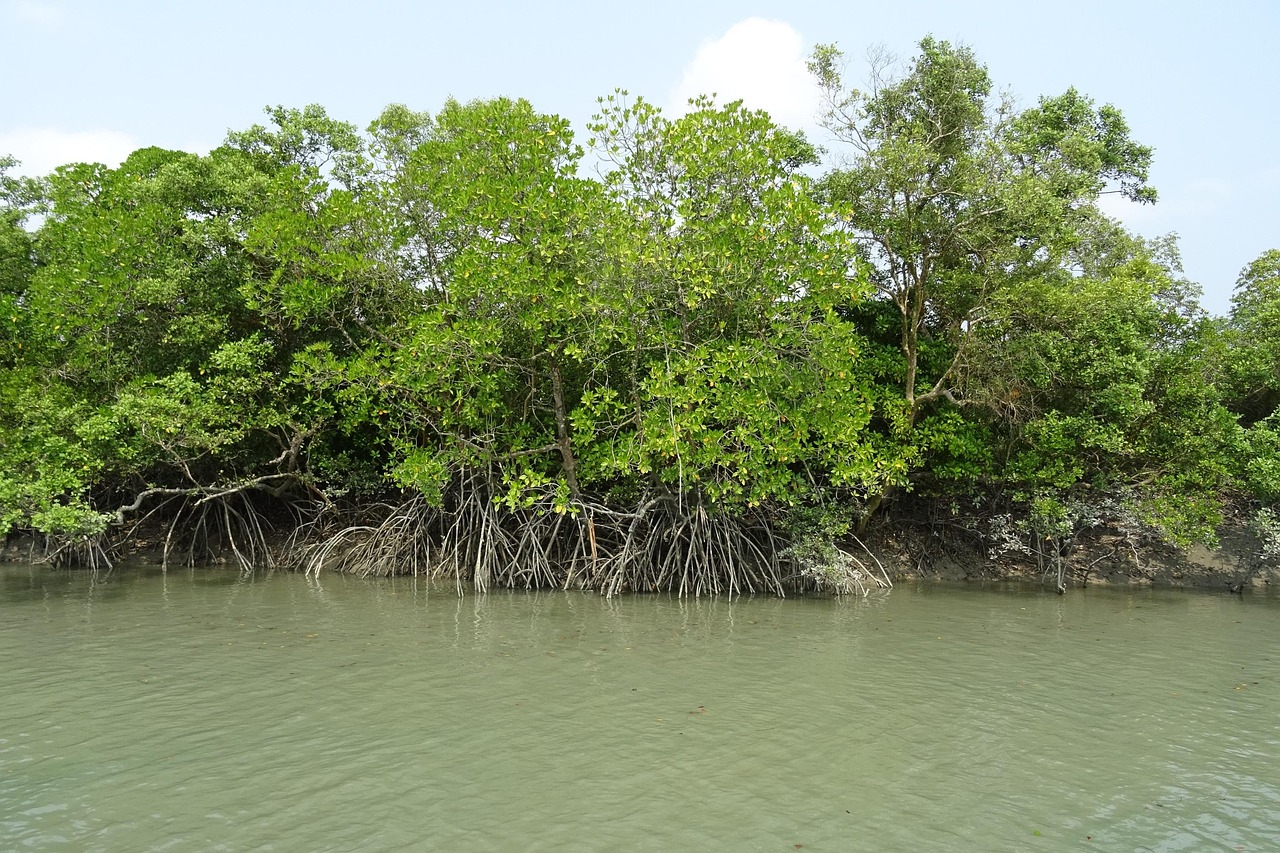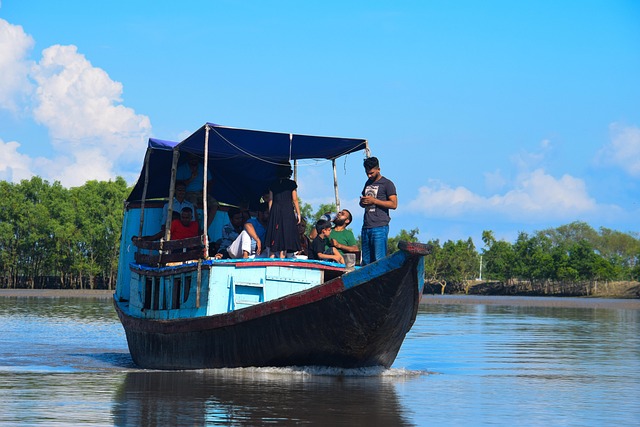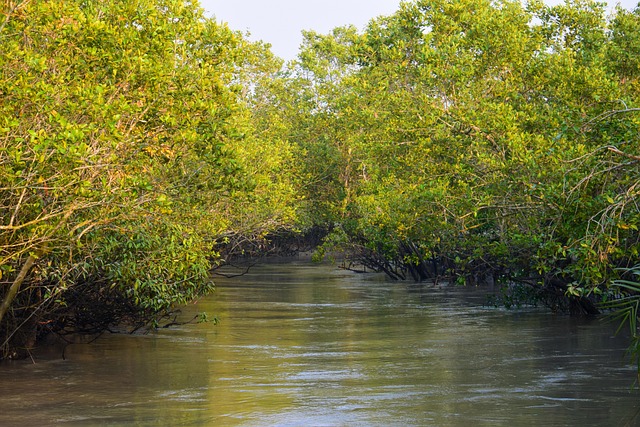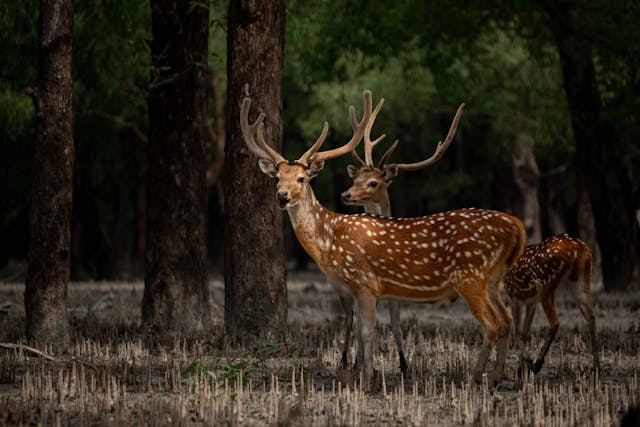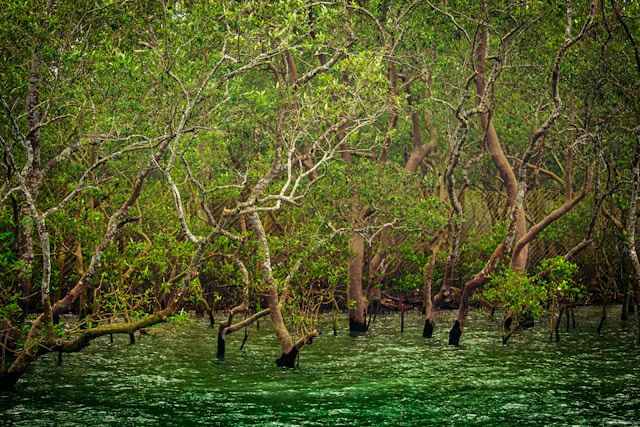Explore the Sundarbans Mangrove Forest
Why the Sundarbans Mangrove Forest is a Must-See
Imagine gliding through winding rivers, surrounded by towering mangrove trees that seem to touch the sky. The air is filled with the sounds of exotic birds, and the water reflects the golden hues of the setting sun. This is the Sundarbans, the world’s largest mangrove forest and a UNESCO World Heritage Site.
Table of Contents
- Why the Sundarbans Mangrove Forest is a Must-See
- What Makes the Sundarbans Mangrove Forest So Special?
- The Wildlife of the Sundarbans: A Glimpse into Nature’s Wonders
- How to Explore the Sundarbans Mangrove Forest Responsibly
- Best Sundarbans Tours & Experiences
- Conservation Efforts: Protecting the Sundarbans for Future Generations
- Frequently Asked Questions (FAQ) About the Sundarbans Mangrove Forest
- Final Thoughts: A Journey You’ll Never Forget
The Sundarbans is not just a forest—it’s a living, breathing ecosystem where nature thrives in its purest form. Whether you're a wildlife enthusiast, a nature lover, or an adventure seeker, the Sundarbans offers an unforgettable experience.
In this guide, we’ll explore:
✔ What makes the Sundarbans mangrove forest so unique?
✔ The incredible wildlife that calls it home
✔ How to explore the Sundarbans responsibly
✔ Best tours and experiences
✔ Conservation efforts and how you can help
What Makes the Sundarbans Mangrove Forest So Special?
The Sundarbans is a rare and precious ecosystem that spans Bangladesh and India. It’s a mangrove forest, meaning its trees have adapted to survive in saltwater, creating a one-of-a-kind landscape.
1. A Biodiversity Hotspot
The Sundarbans is home to:
✔ Royal Bengal Tigers (the largest tiger population in the world)
✔ Saltwater crocodiles
✔ Spotted deer
✔ Over 300 species of birds
✔ Dolphins and rare fish species
2. A UNESCO World Heritage Site
Recognized for its ecological importance, the Sundarbans is protected to preserve its unique wildlife and natural beauty.
3. A Haven for Adventure & Exploration
From boat safaris to jungle treks, the Sundarbans offers endless opportunities for adventure.
The Wildlife of the Sundarbans: A Glimpse into Nature’s Wonders
1. The Royal Bengal Tiger: King of the Sundarbans
The most famous resident of the Sundarbans, the Royal Bengal Tiger, is a symbol of strength and mystery. Unlike other tigers, these magnificent creatures have adapted to swim in saltwater, making them true masters of their domain.
Did You Know? The Sundarbans has the highest density of tigers in the world!
2. Birds of the Sundarbans: A Paradise for Birdwatchers
With over 300 species, the Sundarbans is a birdwatcher’s dream. Keep an eye out for:
✔ Masked finfoots (one of the rarest birds in the world)
✔ Kingfishers
✔ Herons
✔ Eagles
3. The Elusive Saltwater Crocodile
These ancient predators lurk in the rivers, blending seamlessly with their surroundings. While sightings are rare, their presence adds to the thrill of exploring the Sundarbans.
4. The Playful River Dolphins
If you’re lucky, you might spot Ganges River dolphins leaping out of the water—a magical sight that will stay with you forever.
How to Explore the Sundarbans Mangrove Forest Responsibly
1. Choose an Eco-Friendly Tour
Opt for guided tours that follow sustainable practices, ensuring minimal impact on the environment.
2. Respect Wildlife
- Keep a safe distance from animals.
- Never feed or disturb wildlife.
- Follow your guide’s instructions at all times.
3. Pack Smart
Bring:
✔ Binoculars (for spotting wildlife)
✔ Lightweight, breathable clothing
✔ Insect repellent
✔ A good camera (you’ll want to capture every moment!)
4. Support Conservation Efforts
Many tours donate a portion of their profits to wildlife protection programs. By choosing these tours, you’re helping preserve the Sundarbans for future generations.
Best Sundarbans Tours & Experiences
1. Boat Safaris: The Best Way to Explore
A boat safari is the most popular way to experience the Sundarbans. You’ll:
✔ Glide through narrow waterways
✔ Spot wildlife from a safe distance
✔ Enjoy breathtaking sunsets
2. Jungle Treks: For the Adventurous
If you’re up for a challenge, guided jungle treks offer a closer look at the forest’s hidden wonders.
3. Photography Tours: Capture the Magic
For photography enthusiasts, specialized tours help you capture the Sundarbans’ beauty in the best light.
Conservation Efforts: Protecting the Sundarbans for Future Generations
The Sundarbans faces threats from climate change, deforestation, and poaching. However, conservation efforts are in place to protect this precious ecosystem:
✔ Anti-poaching patrols to protect tigers and other wildlife.
✔ Reforestation projects to restore damaged areas.
✔ Community education to promote sustainable living.
How You Can Help:
- Choose eco-friendly tours.
- Support conservation organizations.
- Spread awareness about the Sundarbans’ importance.
Frequently Asked Questions (FAQ) About the Sundarbans Mangrove Forest
1. Is it safe to visit the Sundarbans?
Yes! Guided tours ensure your safety while exploring.
2. Can I see a Royal Bengal Tiger?
While sightings are rare, early morning boat rides increase your chances.
3. What’s the best time to visit?
The dry season (November–February) offers the best weather and wildlife sightings.
4. Do I need a visa to visit the Sundarbans?
If you’re traveling to Bangladesh, check visa requirements based on your nationality.
5. Are there luxury tours available?
Yes! Take A Boat offers luxury Sundarbans tours with comfortable accommodations and gourmet meals.
Final Thoughts: A Journey You’ll Never Forget
The Sundarbans mangrove forest is a place of wonder, mystery, and breathtaking beauty. Whether you’re seeking adventure, wildlife encounters, or simply a connection with nature, the Sundarbans delivers an unforgettable experience.
Ready to Explore the Sundarbans?
Visit Take A Boat now to book your Sundarbans tour and embark on the adventure of a lifetime!

Shafat Mahmud Khan
Related content
Interdum et malesuada fames




